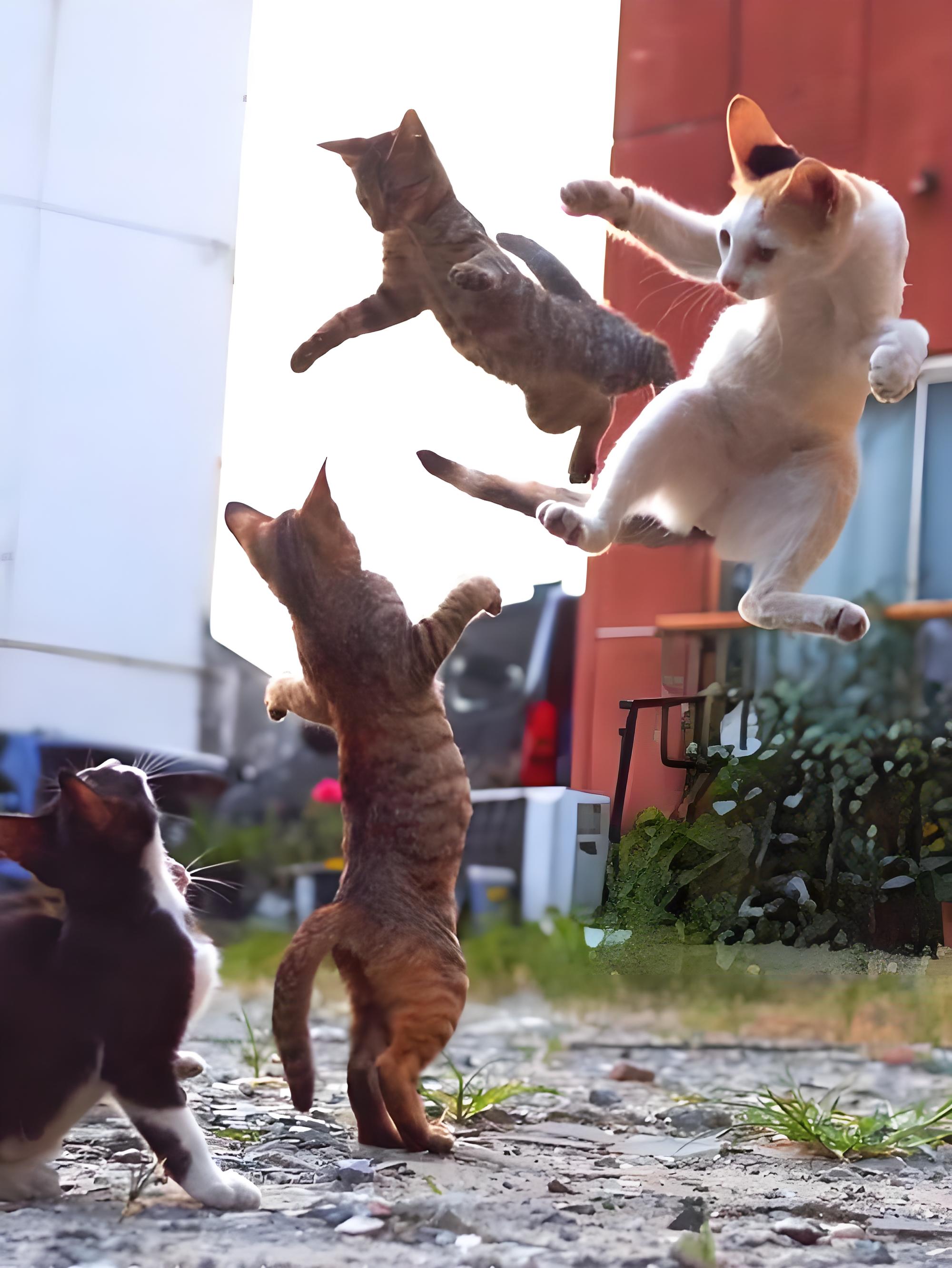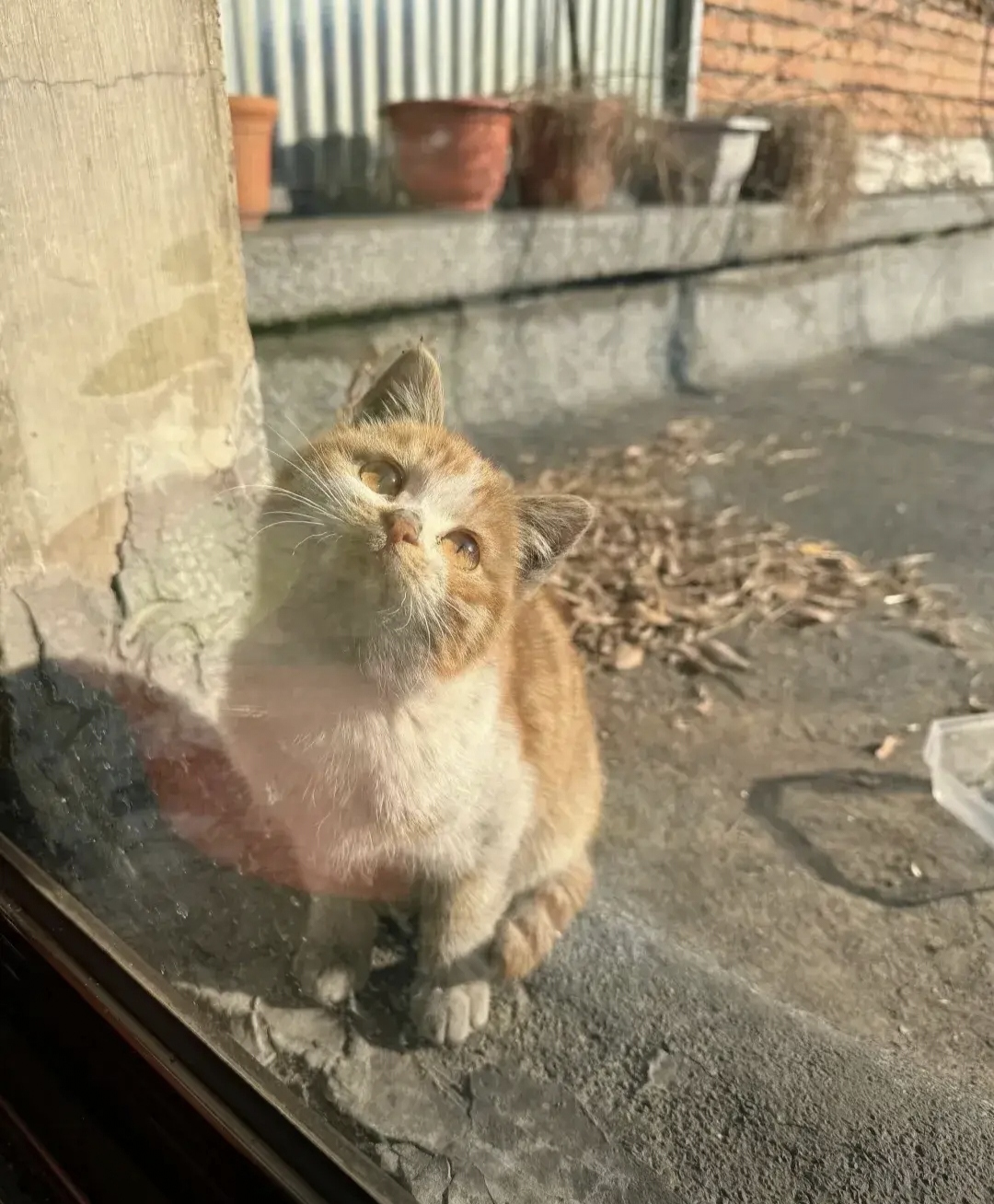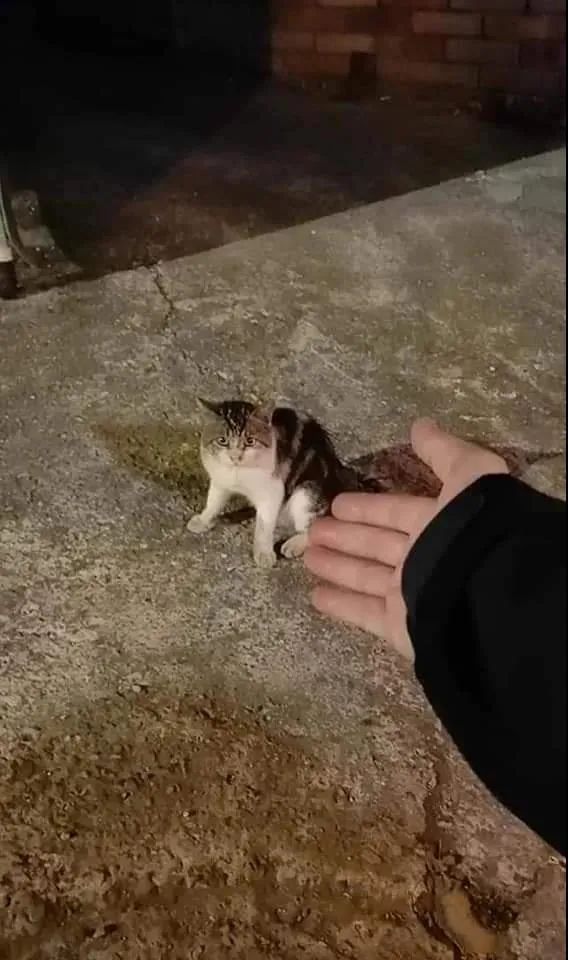Introduction: The ecological crisis behind cuteness
In the streets and alleys of the city, we often see furry stray cats. They are either lazily basking in the sun or lightly shuttling between buildings, becoming "healing elves" in the eyes of many people. However, behind this seemingly harmonious picture, there is a problem that cannot be ignored - the damage to the ecological environment caused by stray cats.
These seemingly harmless little animals are actually quietly changing our natural environment and even threatening the survival of many native species. Today, let's unveil this "gentle" veil to see what ecological hazards stray cats have brought, and explore how we should deal with this problem rationally. 1. The damage of stray cats to the ecosystem
1. The damage of stray cats to the ecosystem
1. Preying on local wild animals and breaking the ecological balance
Stray cats are natural hunters. According to research, a stray cat can kill 300 to 1,000 small animals every year, including birds, amphibians, reptiles and rodents. In the United States, stray cats alone cause the deaths of about 2.4 billion birds and 12 billion mammals each year (a joint study by the Smithsonian Institution and the Fish and Wildlife Service).
In China, similar problems are equally severe. The number of animals such as sparrows, squirrels, and frogs that were once common in many urban parks and green spaces has been declining year by year, partly due to the presence of a large number of stray cats.
2. Threatening the survival of endangered species
For some species that are already on the verge of extinction, the presence of stray cats is even worse. For example:
The Hainan bittern (one of the most endangered birds in the world) was found to be attacked by cats in wild breeding sites;
National Class I protected insects such as the Chinese tiger beetle and the golden-spotted swallowtail butterfly may also become prey for cats;
In island ecosystems, cats have caused the extinction of multiple bird populations (such as historical lessons in New Zealand and other places). 3. Destroying the food chain structure
3. Destroying the food chain structure
When stray cats prey on small animals on a large scale, the number of certain species will drop sharply, triggering a chain reaction. For example:
Decrease in birds → Insects proliferate → Crops suffer;
Decrease in rodents → Natural enemies such as snakes and raptors lose their food sources;
Imbalance in the ecosystem → Ineffectiveness of natural control mechanisms.
2. Public health issues caused by stray cats
1. Parasites and disease transmission
Stray cats often carry a variety of parasites and pathogens, such as Toxoplasma, fleas, rabies virus, etc. These pathogens not only threaten human health, but may also affect other wild animals through contact with polluted water sources and soil.
2. Impact on agriculture and breeding
Stray cats may invade farms and breeding farms, prey on poultry, spread diseases, and cause economic losses to farmers.
3. Why is the stray cat problem difficult to solve?
1. Feeding behavior exacerbates the problem
Many people feed stray cats out of love. Although the original intention is good, this behavior will actually:
Increase the reproduction rate of cats;
Attract more wild cats to gather;
Form dependence, making them unwilling to leave the original area, and increase conflicts between people and cats.
2. Difficulties in implementing TNR policies
TNR (Trap-Neuter-Return) is considered a more humane management method, but it faces many difficulties in actual operation:
Insufficient funds;
Low cooperation from residents;
Long-term management is still required after release;
Lack of effective supervision mechanism.
IV. What should we do? ——Rational care is the real responsibility
1. Strengthen public education and establish scientific concepts
Don’t feed stray cats blindly. The truly responsible approach is:
If you find unsterilized stray cats, you can contact professional organizations for TNR;
Adopt instead of buying, reduce the number of stray cats from the source;
Do not abandon pet cats and be responsible for life.
2. Promote legislation and policy support
The government should issue relevant laws and regulations to regulate the management of stray cats, clarify the division of responsibilities among communities, property management and volunteers, and promote the establishment of a regional stray animal management system.
3. Community co-construction and joint efforts
Encourage communities to organize volunteer teams to carry out scientific rescue, publicity and guidance, and fixed-point management to achieve harmonious coexistence between humans and animals. Conclusion: Love is not indulgence, but responsibility
Conclusion: Love is not indulgence, but responsibility
The problem of stray cats is not unsolvable. The key lies in whether we are willing to face it with reason and action. We are not against caring for animals, but what we need more is restrained, planned and responsible care.
Let every bit of kindness be put into practice, and let every life grow freely in an environment suitable for it. This is the true ecological civilization.
Categories: pets
